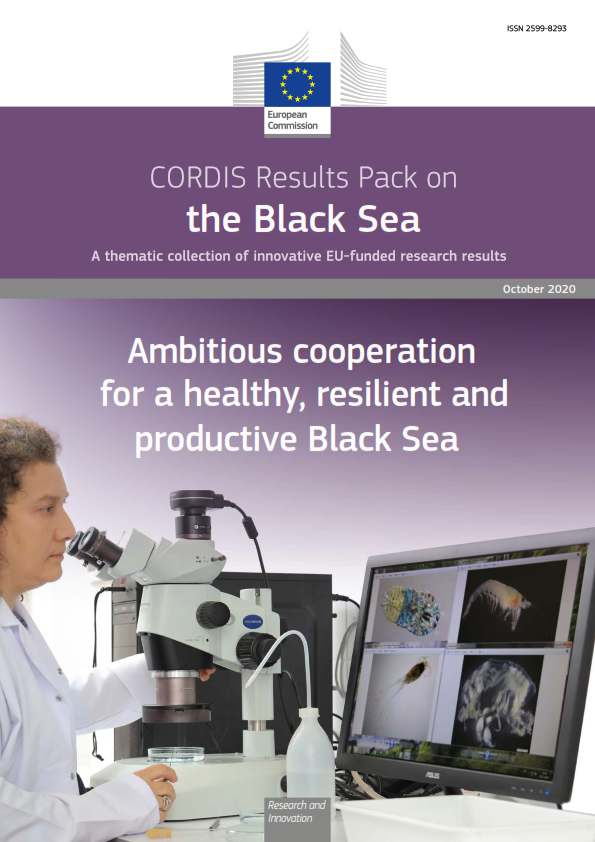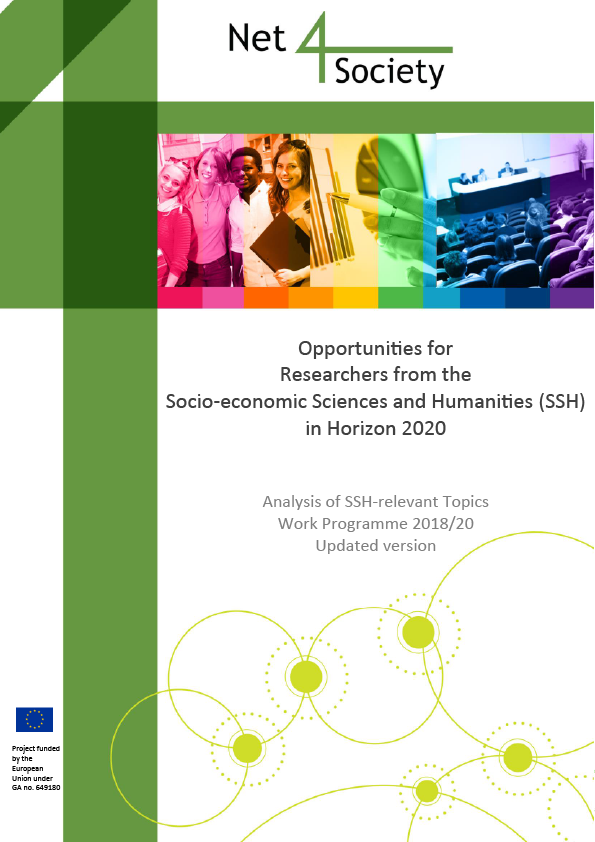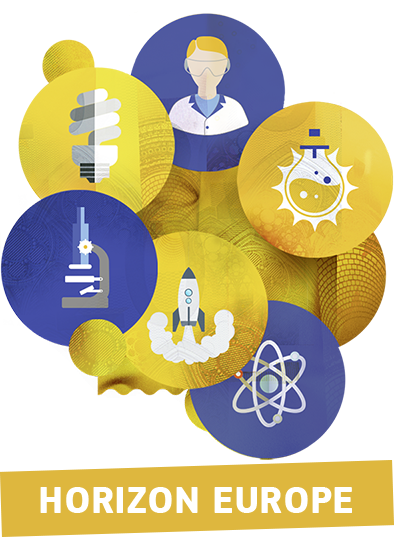Main pillar:
- Secure, Clean and Efficient Energy
Budget:
Currency:
Call deadline:
Statut:
- Closed
Description:
Energy Efficiency: C - Industry and products
Specific challenge: Between 2000 and 2010, energy efficiency in industry has on average improved by 1.3% per year48. However, by using existing cost-effective energy solutions, the industry sector could further reduce its consumption by at least 13%49, thus gaining in competitiveness and saving nearly 40 Mtoe a year. Obtaining larger savings in industry can also be achieved by introducing new affordable intelligent energy solutions that secure more uptime in production chains.
Scope: Activities should focus on removing market barriers, in particular the lack of expertise and information on energy management. Proposals should primarily address the uptake of cross-cutting innovative technologies, such as energy efficient electric motor driven systems and steam/hot water generation, because these represent 75% of the potential savings in industry50. They should also consider total-site energy management schemes and system optimization methodologies to identify saving potentials, monitor progress, and design energy recovery and energy storage solutions. Proposals should put in place mechanisms to secure funding for energy efficiency investments and facilitate the continuation of the activities beyond the project lifetime. The use of renewable energies and waste heat recovery should be encouraged where it is cost-effective. Energy-intensive industries should be prioritised as they account for 70% of industrial energy use. Processes (e.g. drying) which represent a relatively high share of energy consumption in industry should also be considered where appropriate.
The following areas or their combination can also be funded:
· Industrial systems efficiency benchmarking: Devise methods and tools including ICT to compare and benchmark the energy performance of industrial systems and processes, and develop guidelines for tailored measures, in particular in energyintensive industries. Such methods and tools should be based on existing standards where applicable.
· Development of sector-specific technology pathways towards 2050 to target the most energy-intensive industrial sectors
· Energy management in SMEs and industry: Improve the availability of skilled energy auditors and energy managers and the diffusion of energy management systems and best practices. Develop instruments to ensure the availability of updated, comprehensive and usable information on energy efficiency for industries. Address the issue of access to finance for the actual implementation of energy efficiency upgrades.
· Human and organizational challenges: Analysis of motivations, behaviour, perception, and barriers for the involved actors (from decision makers to employees) in the sector, and knowledge about organizational factors influencing energy efficiency.
The Commission considers that proposals requesting a contribution from the EU of between EUR 1.5 and 2 million would allow this specific challenge to be addressed appropriately. Nonetheless, this does not preclude submission and selection of proposals requesting other amounts.
Expected impact: For capacity building projects, every million Euro of EU support is expected to increase the skills of hundreds of people working in the sector, resulting in savings of at least 25 GWh per year. All proposals should demonstrate a significant impact in terms of improved competitiveness; larger investments made by stakeholders in sustainable energy; primary energy savings; better implementation of energy-efficiency policies; number of policy makers influenced; number of people with increased skills; and/or number of people changing their behaviour.
Type of action: Coordination and Support Actions
The conditions related to this topic are provided at the end of this call and in the General Annexes.
__________________________________________
48 Odyssee-MURE project (http://www.odyssee-indicators.org/)
49 http://www.isi.fraunhofer.de/isi-media/docs/e/de/publikationen/BMU_Polic...
50 Although this might depend on the industrial sector. Electric motors, for example, might be embedded in process-specific machines.
_____
For updated call's content please consult: http://ec.europa.eu/programmes/horizon2020/h2020-sections









